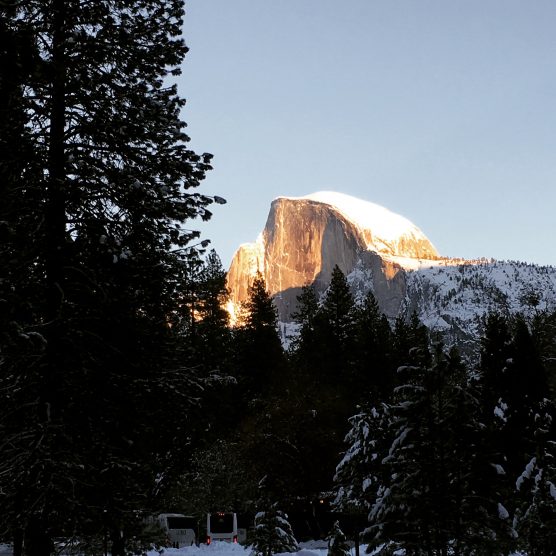By Matthew Renda
After enduring one of the worst droughts in its recorded history, California is officially out of drought, according to the U.S. Drought Monitor.
The drought map released on Thursday marks the first time the Golden State is entirely free of drought since 2011.
The Santa Clarita Valley has received a total of 8.7 inches of rain since Jan. 1, according to University of California statistics.
That compares to January-February SCV rainfall of 2.24 inches in 2018, 4.76 inches in 2017 and 3.58 inches in 2016.
“Well-above-average precipitation continues in the West, improving long-term soil moisture deficits, building snowpack, and filling reservoirs, therefore leading to more widespread drought improvement,” wrote Jessica Blunden, a climate scientist with the National Oceanic and Atmospheric Administration, in the weekly drought report.
California has been bludgeoned by a series of atmospheric river storms which have built the snowpack in the Sierra Nevada, while replenishing the system of reservoirs that feed residents, farms and businesses across the state during the dry summer.
The National Weather Service reported on Tuesday that more than 50 feet of snow had fallen at the highest elevations in the Sierra during the winter and the rainy season doesn’t typically end until mid-April.

The snow water equivalent in the mountains is an unusually large 3 feet 6 inches — about 160 percent of normal, according to the California Department of Water Resources.
The number is critical to water managers in California, as the state gets about two-thirds of its water supply from the snowpack. Under ideal conditions, the snowpack contains a lot of water, which melts slowly and incrementally over the course of the spring into summer, replenishing reservoirs throughout the dry season.
Those conditions look to be present as the amount of precipitation in the Northern Sierra has already exceeded the historical average of 51.8 inches by a full inch with opportunities for more storms to pile on.
“From northern California into Oregon and Idaho, snowpack continues to build at mid and high elevations, compensating for long-term dry soil moistures,” Blunden wrote. “Reservoirs have also continued to fill.”
According to up-to-date conditions, all of the reservoirs monitored by the state water department are at or above 100 percent of their historical average for this time except for two — both of which are above 90 percent.
The metrics are a far cry from their position at the depth of the drought.
For instance, at least 80 percent of California was in the category of “moderate drought” from 2013 until the beginning of 2017, when a series of atmospheric rivers finally brought much-needed moisture to the state.
From 2014 to the beginning of 2017, at least 40 percent of the state was in “extreme drought” and 20 percent of the state was plunged into “exceptional drought” — the most severe category, according to the drought monitor.
Atmospheric rivers have made all the difference, slamming the region at the beginning of 2017 and then arriving again with even bigger force this winter.
The Golden State is utterly dependent on atmospheric rivers, which are large storms with unusually dense moisture content that only arrive during the winter season.
As much as 50 percent of the annual precipitation comes from the handful of extreme events. In most instances, dry years occur because of the lack of extreme weather events rather than a paucity of steady rain.
The news hasn’t been all good for California, as the Russian River flooded last month causing extensive damage to the town of Guerneville.
Also, San Diego County and Imperial County at the far southern end of the state are still experiencing conditions the drought monitor categorizes as “abnormally dry.”
“The rest of the region in Southern California is still abnormally dry due to very dry previous years,” Blunden wrote. “Reservoirs in San Diego County are only at 65 percent capacity. Big Bear Lake was down 18 feet in early March, although expected to continue to rise.”
Like this:
Like Loading...
Related





 Tweet This
Tweet This Facebook
Facebook Digg This
Digg This Bookmark
Bookmark Stumble
Stumble RSS
RSS



























REAL NAMES ONLY: All posters must use their real individual or business name. This applies equally to Twitter account holders who use a nickname.
0 Comments
You can be the first one to leave a comment.